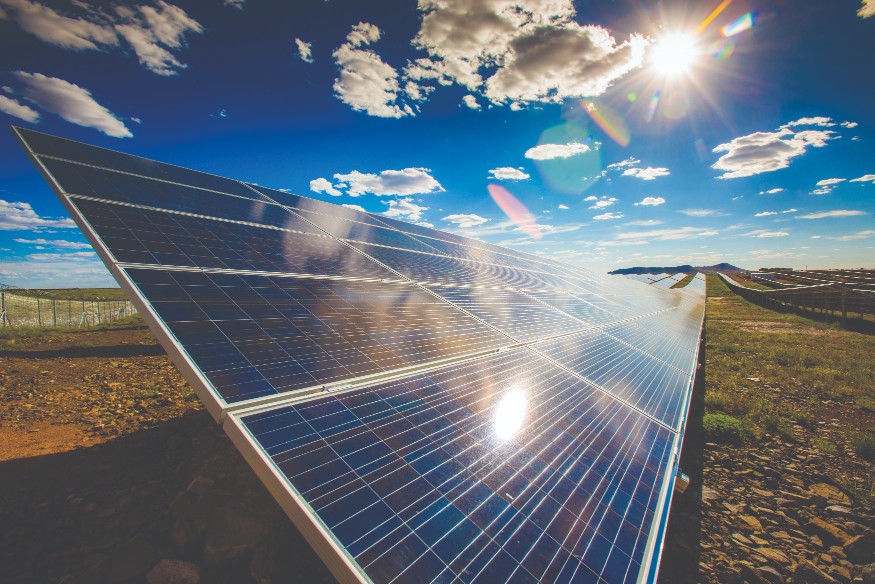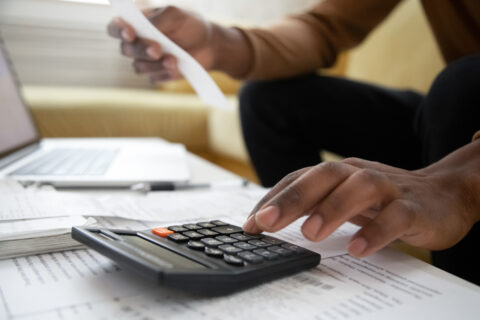Sunday Times Green
Powering The Green Economy
Soon after it began in 2011, South Africa’s renewable power programme became one of the top five fastest-growing of its kind in the world. Billions poured into clean and renewable energy under the Renewable Energy Independent Power Producer Procurement Programme (REIPPP), financing wind farms and solar projects built by new, independent power producers.
And so it continued, at least until Eskom stopped signing new contracts in 2015, saying that the country’s grid didn’t need the extra capacity and that renewable production was too expensive. Financing for renewables slowed to a trickle.
The good news is that now, REIPPP seems to be back on track. A change of leadership at the top of government and new cost models have got Eskom signing orders again.
With its high levels of sunshine and wind throughout the year, and the availability of large open tracts of land, South Africa is in prime position to take advantage of renewable energy – and the time is ripe.
Economic potential
Globally, the renewable energy industry created more than 500 000 jobs in 2017 – a 5.3% year-on-year increase, says the International Renewable Energy Agency.
In South Africa, it’s already attracted investments of about R260-billion into the economy – and that’s just the commitments already made, says Terence Govender, chairperson of the South African Renewable Energy Council.
“In terms of job creation it has brilliant targets,” Govender says. “Procurement is done in such a way that 40% of commitments must be made locally, whether with shareholders, employees or contracts. The minimum BEE participation in construction and management is also northwards of 35%. On top of that, local equipment procurement and upskilling of local community members is also incentivised, while each project must prove it can contribute to enterprise- and socio-economic development for a 20-year period after its start.”
The economic potential is huge, agrees Davin Chown, chairperson at the South African Photovoltaic Industry Association.
“The investments during the last rounds of the REIPPP will be replicated in each following round,” Chown says. “More importantly, clean energy investors will be encouraged and will look at new initiatives like clean energy bonds, allowing the ordinary investor to participate in this burgeoning market.
“I see it becoming a significant investment contributor in SA’s future – especially if you look at the global investment patterns and the scale of uptake of solar energy in particular.”
Stephen Forder, an independent energy researcher and founder of The Energy Blog, is slightly more cautious.
“I believe the job creation figures might be overstated presently, as the job loss figures in the coal sector are overstated by the fossil fuel lobby. However, the long-term projections for job creation in the renewables sector far outweigh those in the fossil sector.
“The jobs are also of better quality and job creation potential is decentralised and dispersed – one of the key benefits of a new energy paradigm. Hopefully we can now reclaim lost ground after the REIPPP programme was delayed.”
Solid backing
Despite the delays, the REIPPP has been widely lauded internationally. “The programme is transparent, well-structured, provides security
to investors, developers and government, and has a track record of on-time, on-budget delivery,” says Chown.
Govender says the procurement documents are indeed world-class. “It provides a bankable power purchase agreement that allows the private sector to take comfort in the fact that commitments will be adhered to – while in other countries projects often keep getting delayed.”
There was also a lot of recognition for how the Independent Power Producer Office (a combined effort by the Department of Energy and Treasury) handled what has been one of the most ambitious and successful public-private partnerships to date, says Forder.
“Through the REIPPP programme, the Independent Power Producer Office attempted to reconcile socio-economic development within the context of our historical past, energy security and climate change commitments.”
What this means for consumers
To date, REIPPP-related projects have generated around 6 000MW. “Of that, close to 5 000MW are installed and operational on the national grid, which has definitely played a role in the reduction in load-shedding in the last few years,” says Govender.
And the benefits don’t end there. Renewable plants can be constructed in short timespans and are more cost-effective for consumers.
One study by the Council for Scientific and Industrial Research compared the costs of new wind power and solar photovoltaic projects with the cost of power from Eskom’s new coal-fired power station, Kusile, in 2016. Kusile’s power was estimated to cost R1.16/kWh – nearly twice as much as the wind and solar projects.
The more renewables are used, the cheaper it will also get, adds Govender. “There’s also virtually no rand-dollar influence or fuel price influence. That means consumers shouldn’t have to expect major increases like Eskom will ask in future.”
Moreover, says Chown, the average Joe can get involved in energy production and reap the benefits at a household level. “Clean energy will also become an enabler to many other sectors, not least of which will be the shift to smart grids, electric vehicles and other modes of cleaner production and transportation.”
What lies ahead?
With the history of the REIPPP and the political landscape, Forder doesn’t think it will be immediate plain sailing for the rollout of renewable energy projects. “The labour unions have made it clear that they are anti-IPPs, although not anti-renewables per se, and anti-IPP lobbies sport questionable associations linked to state capture. The dialogue is often combative and threatening.
“In the medium term, however, nobody will be able to argue against the physics and economics of the new energy paradigm.”
And the groundwork has already been laid. Chown says that South Africa already has world-class training and skills development programmes for wind and solar technicians in place. “We have an enthused, bright, youthful population aching for new opportunities. We have investors keen to do business here. We have no shortage of local investors to add to this.
“What we do need is joined-up government processes and enabling regulation. Reducing the red tape will be critical in enabling SMMEs to take part in the energy sector.”
Bradley Olver, owner at Ruach Consulting, an energy efficiency and renewable energy consultancy in Cape Town, is positive about the prospects ahead. “Fortunately it seems that our new president is firmly anchored in the free market system, which allows for developing the economy. The elections in 2019 will be a determining factor in the way forward and many renewable energy role-players, like us, are waiting to see if Mr Ramaphosa will remain in power and so guarantee a further stable environment for foreign investment in this sector.”






 Sign-up and receive the Business Media MAGS newsletter OR SA Mining newsletter straight to your inbox.
Sign-up and receive the Business Media MAGS newsletter OR SA Mining newsletter straight to your inbox.